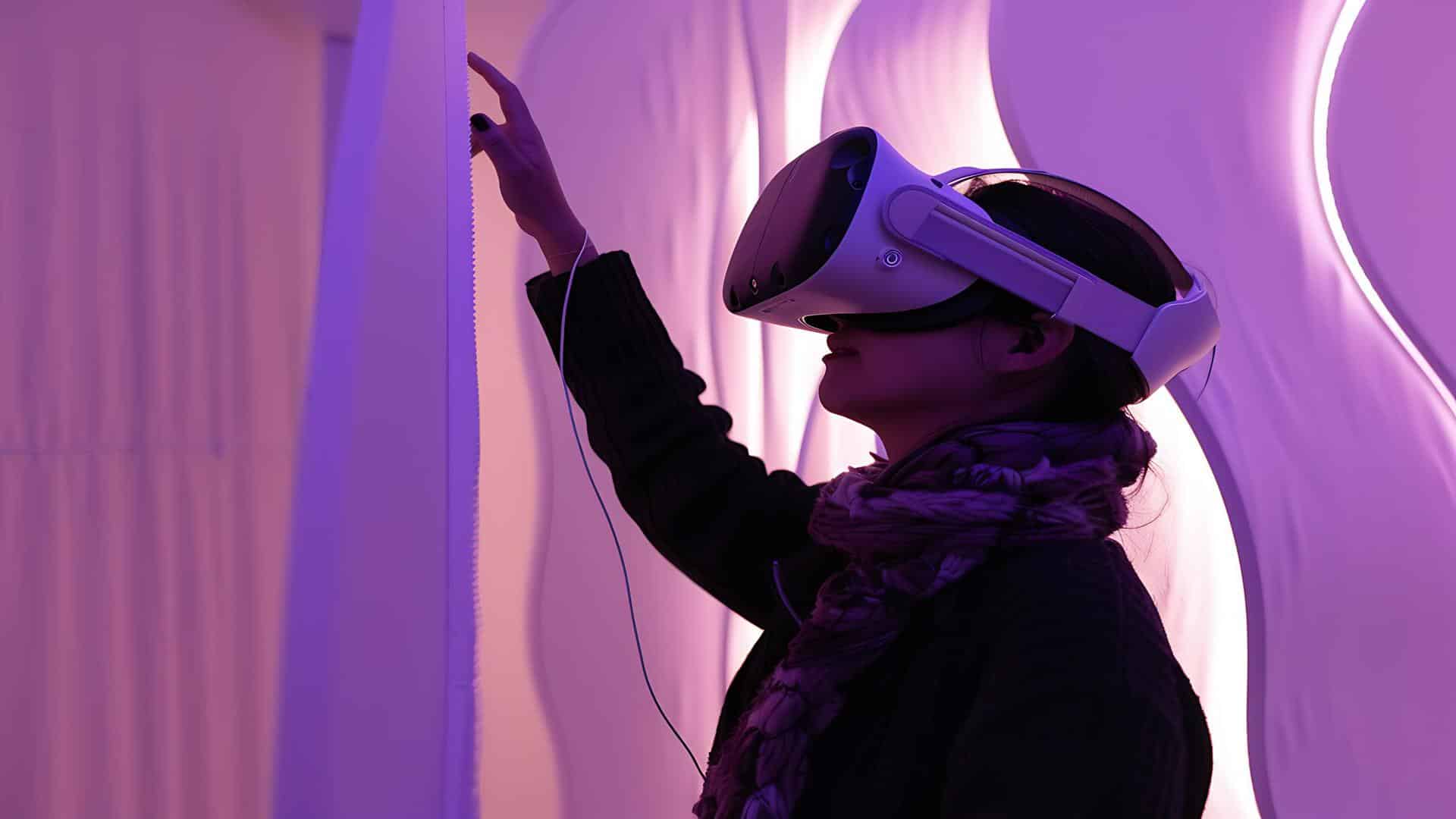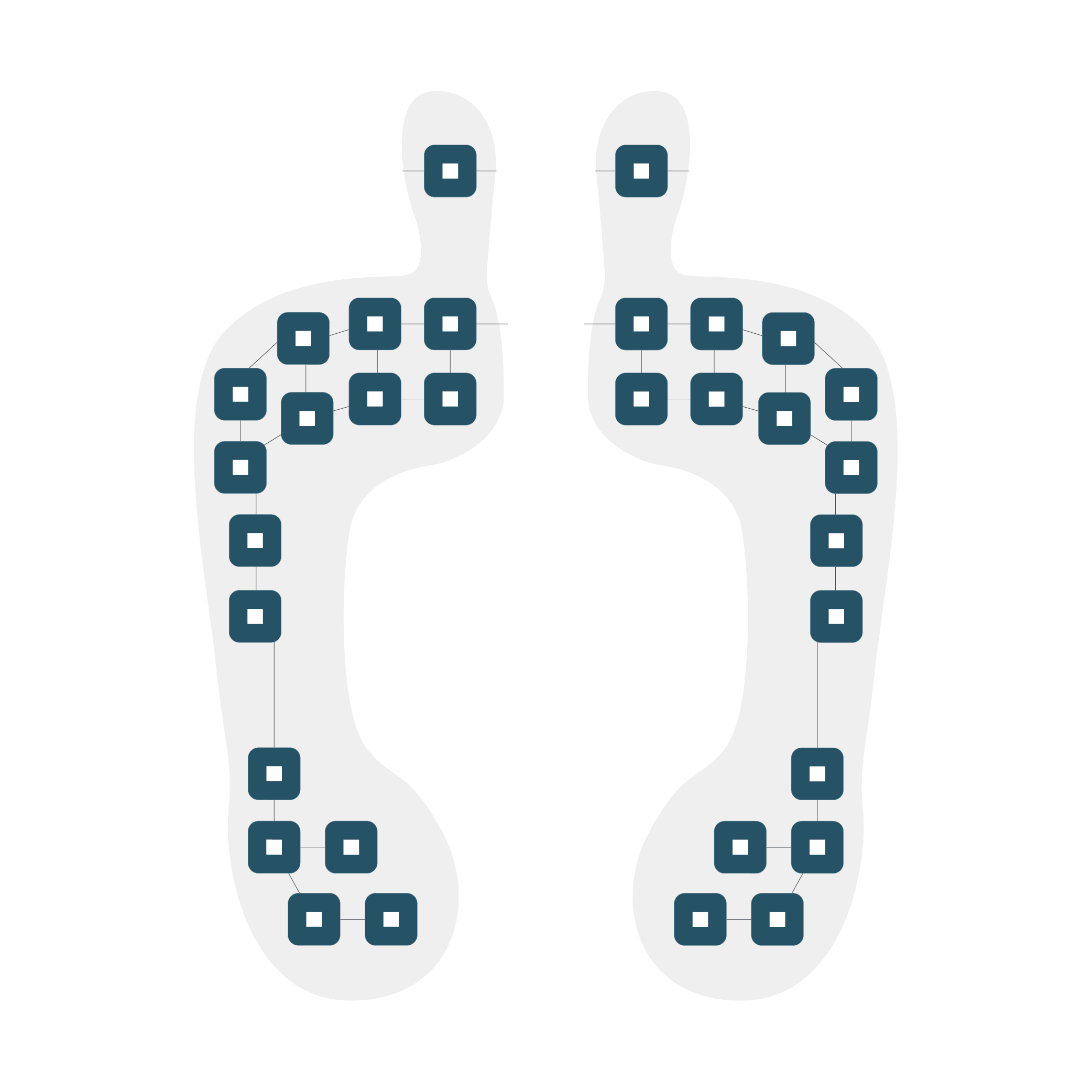Since its emergence, the concept of the metaverse has captured the imagination of tech enthusiasts and innovators alike. As virtual reality (VR) continues to evolve, one of the key technologies driving its immersion and realism is VR Motion Sensors. These devices play a crucial role in creating interactive experiences that blur the line between the physical and digital worlds. Let’s explore how these motion sensors are shaping the future of immersive environments.
What are VR Motion Sensors?
VR/AR headsets are often equipped with advanced IMU (Inertial Measurement Unit) sensors that play a crucial role in capturing and interpreting data from the physical world. In the entertainment and motion capture industries, IMU sensors are used to precisely track and replicate the movements of humans or objects. This data is processed by motion sensing software to create highly accurate 3D representations, which can be applied to animated characters, virtual avatars, or objects in video games, films, or VR simulations. These enhanced, lifelike movements are then transmitted to the metaverse, enriching the user’s experience by making it more immersive and realistic.
These sensors are the hidden heroes behind the feeling of being truly “present” in a virtual environment. These sophisticated devices are much more than just simple trackers. They’re miniature marvels of engineering, designed to capture your movements and gestures in real time with impressive accuracy.
Whether you’re delicately manipulating a virtual object or swinging a sword in a heated battle, thanks to VR motion sensing, your physical movements are translated into their digital counterparts seamlessly. This allows you to interact with the virtual world in a natural and intuitive way, fostering a more profound sense of immersion and presence within the metaverse.
Unlike traditional controllers with buttons and joysticks, these sensors unlock a whole new level of interaction, where your movement becomes your primary means of navigating and interacting with the digital world.
The Evolution of VR Motion Tracking
In the early days of VR, the technology for tracking movement was basic. Picture clunky headsets that could only pick up on head nods or simple controller movements. This limited the feeling of immersion, as your virtual actions would only sometimes match your real-life intentions. Thankfully, things have come a long way!
Advancements in sensor technology, like miniaturization and improved sensitivity, have allowed these sensors to become much more precise and versatile. But the real game-changer is the integration of Artificial Intelligence (AI). These modern sensors work hand-in-hand with complex algorithms and machine learning. This means that not only do they track your movements with incredible accuracy, but they also interpret them more precisely.
Now, your virtual avatar can move more fluidly and respond to your actions in a way that feels natural and intuitive. It’s like the VR world can finally understand the nuances of your body language!
Key Benefits of VR Motion Sensors
Enhanced Immersion: These sensors act like a bridge between your physical actions and the virtual world. By accurately capturing movements like head turns, steps, and even subtle gestures, these sensors translate them into real-time actions within the VR environment.
This creates a crucial feedback loop—your movements have a direct impact on what you see and experience. This sense of responsiveness truly breaks down the barrier between you and the virtual world, making you feel like you’re physically present and interacting with it directly.
Natural Interaction: Forget clunky button presses! These motion sensors allow for intuitive interactions that mirror real-life movements. Imagine reaching out to pick up a virtual object, feeling the resistance as you grasp it, or throwing a punch that lands with a satisfying impact in the VR world. This natural interaction, powered by sensor data, creates a far more immersive and engaging experience.
Precise Tracking: Advanced VR motion sensors boast high precision, meaning they can detect even the slightest movements with great accuracy. This translates to minimal latency, which is the delay between your physical action and its reflection in the virtual world.
With lower latency, your virtual interactions become incredibly responsive, creating a seamless and realistic experience. Imagine throwing a punch – an advanced sensor precisely tracks your arm’s movement, resulting in a virtual punch that lands instantly, just like it would in the real world.
Accessibility: These sensors aren’t limited to bulky headsets. They can be smoothly integrated into wearable devices like gloves, vests, or even shoes, opening the door to a whole new level of freedom in VR. Imagine exploring a virtual world and feeling the ground beneath your feet with motion sensors in your shoes or manipulating objects naturally with hand gestures thanks to sensors in your gloves.
Integrating wearable motion sensors leads to VR experiences becoming more mobile and intuitive, ditching the need for cumbersome equipment and creating a truly immersive experience that moves with you.
Applications of VR Motion Sensors
These sensors find applications across various sectors, altering the way we train, entertain, and collaborate:
Gaming and Entertainment
These sensors are literal game-changers. Unlike traditional controllers, they ditch buttons and joysticks for real-world movement. Imagine dodging fireballs by physically leaning out of the way. This one-to-one mapping of your movements creates an unparalleled sense of realism and excitement. You’re not just playing the game; you’re living it.
Healthcare
VR isn’t just about fantastical adventures; it’s also being leveraged for rehabilitation. VR therapy utilizes motion sensors to track a patient’s movements during physical exercises meticulously. This allows therapists to monitor progress in real time, provide feedback, and even create custom virtual environments that can make therapy more engaging and motivating for patients.
Education
The motion sensors transform educational simulations from passive viewing experiences into active learning opportunities. By tracking a student’s movements, these sensors allow them to interact directly with virtual environments and objects.
Imagine dissecting a virtual frog in biology class or practicing a complex surgical procedure in medical school—all with the intuitive feel of using your own hands, making learning more engaging and effective.
Engineering and Design
Architects and engineers are at the forefront of adopting VR technology. Using VR headsets equipped with motion sensors, they can step inside 3D models of buildings or structures they’re designing. These sensors allow them to manipulate the models intuitively, just like they would physical objects.
Imagine an architect reaching out and virtually rearranging walls or an engineer using hand gestures to adjust the placement of machinery – all within the immersive VR environment. This natural interaction with the design creates a powerful tool for visualization, collaboration, and decision-making during the design process.
The Role of Wireless IoT Sensors in VR
Wireless IoT sensors complement these sensors by expanding connectivity and data collection capabilities. These sensors enable seamless communication between devices and systems within the VR environment, enhancing synchronization and overall performance. By leveraging IoT technology, VR experiences become more responsive and interconnected, paving the way for collaborative virtual spaces and interconnected simulations.
Custom AI Solutions for VR Environments
Custom AI solutions enhance the capabilities of these sensors by enabling intelligent interactions and adaptive environments. AI algorithms can analyze user behavior in real time, personalize experiences based on preferences, and optimize VR environments for maximum engagement and immersion. From dynamic virtual NPCs (non-player characters) to responsive environmental changes, AI-driven VR solutions are transforming static simulations into dynamic, lifelike experiences.
Shaping the Future: VR Motion Sensors Across Industries
As technology continues to evolve, these sensors play a pivotal role in shaping the future of immersive digital experiences. From gaming and entertainment to healthcare and education, these devices enhance realism, interaction, and engagement within virtual environments. With advancements in AI and IoT, VR motion sensors are becoming more sophisticated, paving the way for a more interconnected and realistic metaverse.
Let’s Build the Future Together!
Are you ready to take your VR experiences to the next level? Contact 221e today to discuss how our custom AI solutions and sensor fusion expertise can help you create a more immersive and realistic metaverse experience. Let’s build the future of virtual interaction together!

